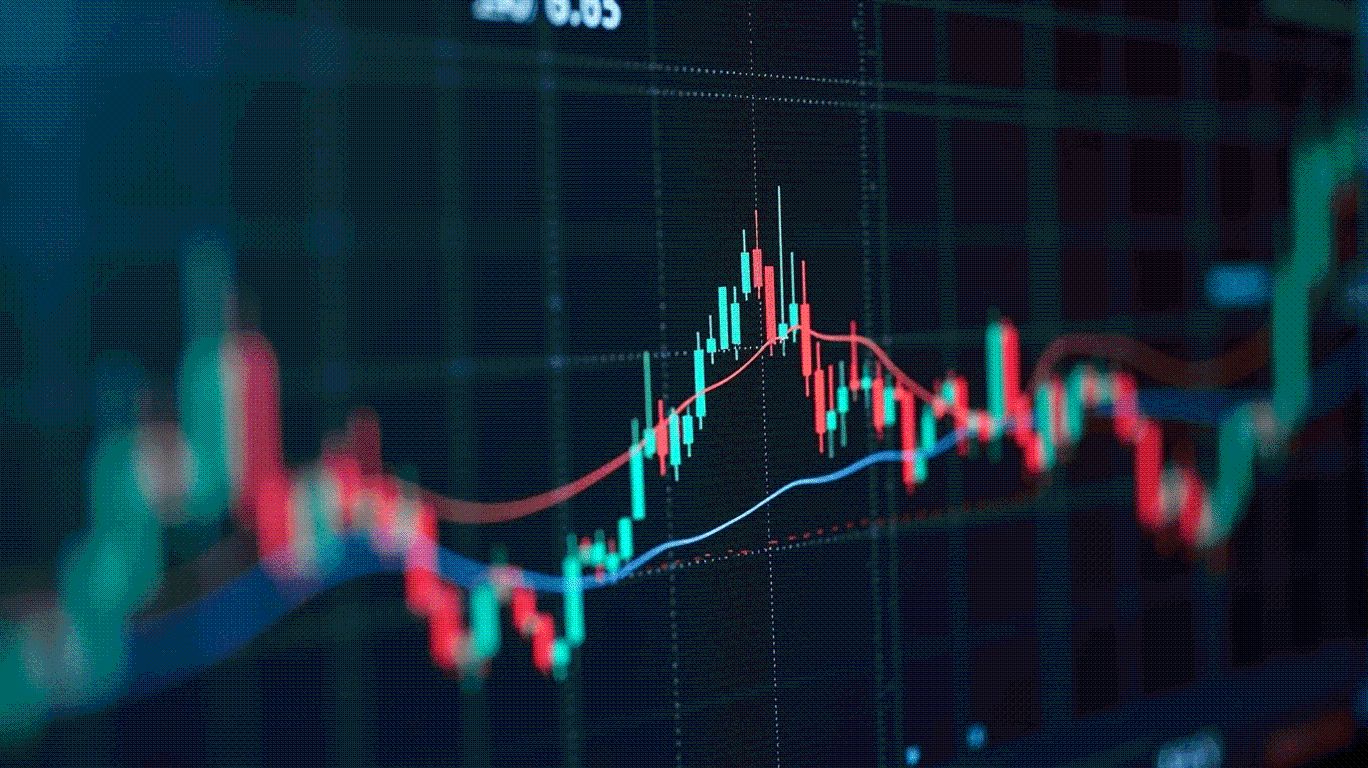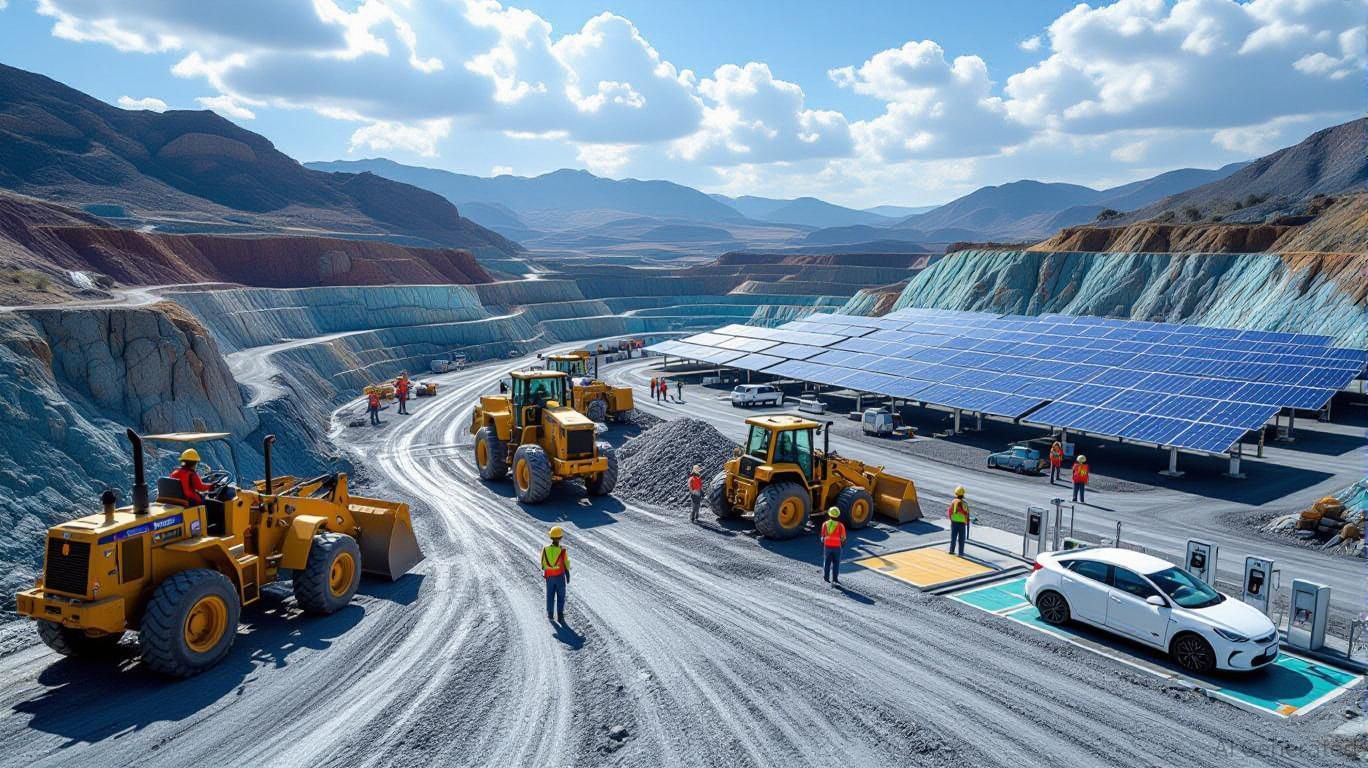Naoris Protocol: The First-Mover Advantage in Post-Quantum Cybersecurity for Web3
- Naoris Protocol leads post-quantum cybersecurity with quantum-resistant tech and institutional backing, addressing urgent EU/US regulatory mandates. - Its Sub-Zero Layer architecture and SWARM AI offer real-time threat detection, aligning with 2030 PQC deadlines for critical infrastructure. - First-mover advantage through live testnet performance and EVM compatibility positions Naoris as a scalable solution for Web2/3 quantum-safe transitions.
The quantum threat is no longer a distant hypothetical—it is an accelerating inevitability. As institutions worldwide scramble to address the looming risks of quantum computing, one project has emerged as a clear first-mover in the post-quantum cybersecurity space: Naoris Protocol. With its Sub-Zero Layer architecture, quantum-resistant consensus mechanisms, and institutional-grade AI-driven threat detection, Naoris is not just preparing for the future of cybersecurity—it is defining it.
The Quantum Urgency: Why Institutions Can't Wait
The European Union's 2025 Coordinated Transition Strategy has crystallized the urgency. By 2030, critical infrastructure across the bloc will be required to adopt post-quantum cryptography (PQC), with high-risk sectors like finance and healthcare facing immediate action. The U.S. is following suit, with CISA and the NSA accelerating their PQC roadmaps and the Post-Quantum Cryptography Coalition publishing detailed migration frameworks.
The stakes are staggering. A quantum-enabled breach of systems like the Fedwire network could erase trillions in economic value, as highlighted by the Hudson Institute. This has forced regulators to act: the EU's Cyber Resilience Act now mandates “state-of-the-art” cryptographic standards, while national procurement laws are being rewritten to prioritize quantum-safe solutions.
Naoris: The Infrastructure of the Future, Built Today
Naoris Protocol's technical architecture is uniquely positioned to meet this institutional demand. Its Sub-Zero Layer operates beneath traditional blockchain layers, embedding quantum-resistant validation at the foundational level. This approach ensures compatibility with existing EVM chains while enabling rapid deployment—Naoris claims EVM integration within 48 hours. For non-EVM chains like Solana and Bitcoin , specialized SDKs are in development, signaling a universal security layer for Web3.
Three pillars underpin Naoris's value proposition:
1. Post-Quantum Cryptography: Aligned with NIST, NATO, and ETSI standards, Naoris employs algorithms like Dilithium-5 to future-proof transactions. This is critical as “Q-Day” looms—the moment quantum computers can break RSA and ECC encryption.
2. dPoSec Consensus: A hybrid of pBFT and PoS, dPoSec validates device “cyber-health” in real time, transforming untrusted endpoints into validator nodes. This decentralized trust model eliminates single points of failure, a key requirement for institutional-grade security.
3. Decentralized SWARM AI: A self-learning AI network coordinates threat response across the mesh, mitigating risks like phishing and malware in milliseconds. Testnet data shows 341 million threats neutralized in six months—a performance benchmark that dwarfs legacy systems.
Institutional Adoption and Tokenomics: A Scalable Play
Naoris's $NAORIS token is central to its growth. With a total supply of 4 billion tokens, the protocol incentivizes participation in its security mesh, rewarding nodes for real-time threat detection and validation. This creates a flywheel effect: as institutions adopt Naoris for quantum-safe infrastructure, token demand rises, further securing the network.
The project's institutional credibility is bolstered by its team and backers. DNS pioneer David Holtzman and former White House Chief of Staff Mick Mulvaney lend strategic weight, while investors like Tim Draper and Mason Labs (which led a $3 million strategic round in 2025) signal confidence in its roadmap.
Why This Is an Investment Opportunity
The convergence of regulatory mandates, quantum advancements, and institutional demand creates significant momentum for Naoris. With its testnet already processing 64 million post-quantum transactions and the Token Generation Event (TGE) scheduled for July 2025, the protocol is transitioning from proof-of-concept to production-grade infrastructure.
For investors, the key inflection points are clear:
- Regulatory alignment: Naoris's compliance with EU and U.S. standards positions it as a de facto solution for enterprises facing 2030 deadlines.
- First-mover advantage: Competitors in the PQC space are still in early stages; Naoris's live testnet and real-world performance give it a critical edge.
- Scalability: The protocol's compatibility with EVM and non-EVM chains ensures broad adoption across Web2 and Web3 ecosystems.
Conclusion: Securing the Digital Future
Naoris Protocol is not just another blockchain project—it is a foundational infrastructure play for the post-quantum era. As institutions grapple with the urgency of quantum threats, Naoris offers a scalable, decentralized solution that aligns with regulatory demands and technical realities. For investors seeking exposure to the inevitable shift toward quantum-safe systems, the time to act is now.
The question is no longer if quantum computing will disrupt cybersecurity, but who will lead the transition. Naoris Protocol is already building the answer.
Disclaimer: The content of this article solely reflects the author's opinion and does not represent the platform in any capacity. This article is not intended to serve as a reference for making investment decisions.
You may also like
Solana vs. MAGACOIN Finance: A High-Stakes ROI Showdown in 2025
- Solana (SOL) and MAGACOIN Finance represent contrasting 2025 crypto strategies: institutional stability vs speculative presale growth. - Solana attracts $176M inflows with institutional backing, showing $195–$500+ price projections and 2022–2024 recovery resilience. - MAGACOIN Finance offers 50x–25,000% ROI potential via presale bonuses, 12% burn rate, and $1.4B whale funding but lacks historical downturn data. - Solana rewards long-term patience with 15–30% annualized returns, while MAGACOIN Finance dem

Silver's New Dawn: Geopolitical Turmoil and Green Energy Fuel a Bull Market
- Silver faces historic transformation in 2025 due to geopolitical shocks, U.S.-China tensions, and green energy demand surge. - Mexico's production decline and Russia's BRICS-focused isolation create 206M-ounce structural deficit, the largest on record. - Solar PV (24% of industrial use) and EVs drive 50% industrial demand growth by 2030, outpacing inelastic supply from mining byproducts. - Mining equities (AGSV, VZLA) and ETPs gain traction as silver's gold-to-silver ratio (1:90) signals undervaluation a

Gold Price: Strategic Diversification in Decentralized Decision-Making Environments
- Decentralized governance models in 2025 drive systemic risk diversification, elevating gold as a strategic hedge against geopolitical and macroeconomic volatility. - Industrial giants and emerging economies boost gold reserves, leveraging its dual role in supply chains and portfolios amid dollar erosion and sanctions. - Gold prices surge past $3,300/ounce as investors adopt 10–15% allocations, reflecting structural demand from BRICS initiatives and pension fund reforms. - Central bank gold accumulation,

HOME +624.5% in 24 Hours Amid Sharp Short-Term Volatility
- HOME token surged 624.5% in 24 hours to $0.04023 amid sharp short-term volatility, contrasting with mixed longer-term performance. - Home Finance emphasized progress on decentralized lending protocols and governance tools to enhance cross-chain liquidity and holder control. - Analysts suggest the rally reflects temporary liquidity shifts rather than long-term reversal, with no signs of manipulation or institutional inflows. - Technical indicators show conflicting signals: overbought short-term momentum v
